Thompson: Unsung chemist with three unsung impacts on Oak Ridge, Part 2
- Oops!Something went wrong.Please try again later.
- Oops!Something went wrong.Please try again later.
This "Historically Speaking" column concludes the two-part series based on Carolyn Krause’s presentation on “Unsung Scientific Heroes of 20th Century Oak Ridge History” given to the Oak Ridge Heritage and Preservation Association on May 24, 2022. Enjoy Carolyn’s focus on Thompson and Seaborg.
***
A few months ago, I read Frank Plasil’s “Kaleidoscope Facets: A Memoir of Darkness and Light” (previously featured in this column). I was startled when he wrote these words about his advisor when Frank was a graduate student in chemistry at the University of California at Berkeley: “Stan Thompson, who did nearly all the actual work that led to Glenn Seaborg’s Nobel Prize.” The statement jogged my memory: a few years ago, I had stumbled on an anonymous website that claimed what Frank had written. The top of the website has this reference to Stanley G. Thompson (1912-76): “The man who delivered berkelium and californium (and won the Nobel Prize for Glenn Seaborg).”
Frank is an Oak Ridge resident and Oak Ridge National Laboratory corporate fellow and retired physicist. He was a graduate student of Thompson’s from 1961 to 1965 when Seaborg was chancellor of UC Berkeley. Frank interacted with Seaborg, who gave him advice he followed: switch your field of study from chemistry to physics.
In my previous submission for this column, I argued that Thompson is an unsung chemist, who had three unsung impacts on Oak Ridge: he developed the process used at X-10 to separate grams of plutonium from uranium slugs irradiated in the Graphite Reactor that were sent to Los Alamos, resulting in a redesign of the second atomic bomb, and he led the teams that discovered berkelium and californium, two transuranium elements that are produced at ORNL’s High Flux Isotope Reactor.
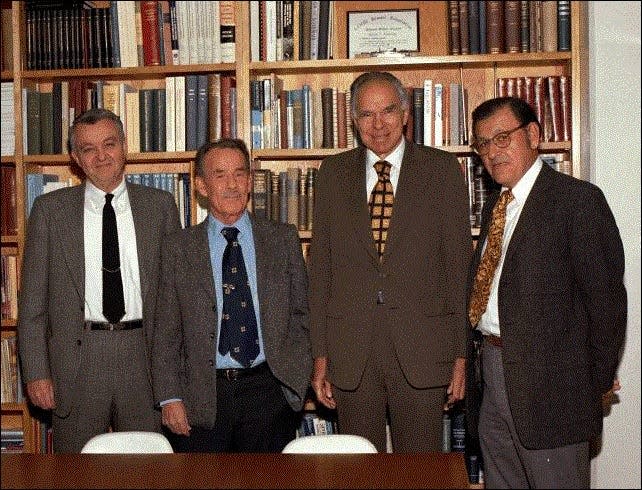
Californium-252, which exhibits spontaneous fission, has many uses, from detecting metal flaws in aircraft to curing cervical cancer. Berkelium from HFIR made possible the discovery of Element 117, named tennessine after our state. Synthesizing tennessine is a step in the pursuit of more massive elements that may form an “island of stability”– a cluster of stable superheavy elements that may have novel properties and practical applications.
When I sent to Frank the link to the anonymous website page on Thompson (http://www.bonestamp.com/sgt/Introduction.htm), he stated that the claims made were essentially true. At my May 24 presentation for ORHPA, he added that Thompson was modest, self-effacing, generous, and quite willing to share credit with others on the research teams he led.
Thompson and Seaborg met as 13-year-old freshmen at David Starr Jordan High School in the Watts district of Los Angeles. They were close friends and classmates in a junior chemistry class in which their teacher motivated both to choose chemistry as a career. Thompson had the highest grade in the chemistry class, but Seaborg was the valedictorian. They both graduated in 1934 with chemistry degrees from tuition-free University of California at Los Angeles, where both had jobs in the chemistry department (Thompson helped Seaborg get his job). Thompson drove Seaborg to the classes and part of the time both lived with Thompson’s grandmother. After graduation, Thompson took a chemistry job with Standard Oil of California while Seaborg started graduate work in chemistry at UC Berkeley, where he earned his Ph.D. (as did Thompson after the war). They later played golf together.
Here are some quotes from the bonestamp website that suggest Thompson has received less credit than he deserved considering that his work was recognized in Seaborg and Edwin McMillan’s 1951 Nobel Prize “for their discoveries in the chemistry of the transuranium elements.”
“For his work with plutonium during the Second World War, Thompson allowed Glenn Seaborg to bask in the limelight while he shortened his life by moving to Hanford to bring to fruition the process he designed to purify plutonium on an industrial scale.
“Seaborg must have suffered from considerable guilt at Thompson’s pre-mature death (died at age 64 in 1976). It was Thompson who had taken the risk to go to Hanford to supervise the purification of the first plutonium, it wasn't Seaborg. It was Thompson’s science that had won Seaborg the Nobel Prize with Edwin McMillan.”
After the war, the bonestamp webmaster alleged, Thompson discovered seven heavier-than-uranium actinide elements, including americium and curium as part of his doctoral dissertation research. (Americium is used for smoke alarms, and curium is used as a power source for cardiac pacemakers and radioisotope thermal generators in spacecraft.) Thompson and his collaborators also isolated and identified berkelium, californium, einsteinium, fermium and mendelevium.
The webmaster said that Thompson allowed Seaborg and two lesser-known collaborators “to keep all the credit for their claimed discovery (of americium and curium) even though their process had been sloppy and their data not replicable.” Thompson, he added, should be credited with discovering these elements because he isolated them and identified them by describing their unique chemical and nuclear characteristics.
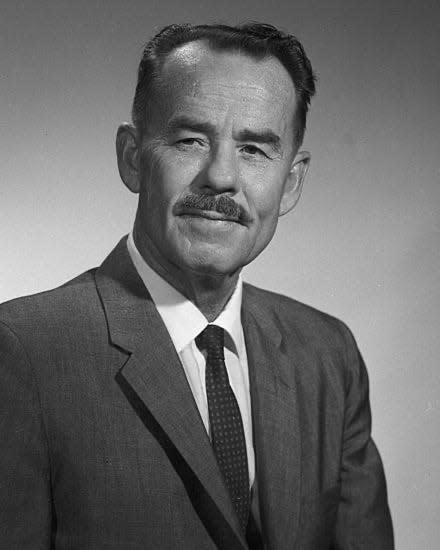
The webmaster continued: “Seaborg was a brilliant wordsmith who knew the politics of science well enough to launch a public relations campaign in his own behalf that was extraordinary, even if it lacked integrity.
“Over time, Seaborg appears to have come to regard Thompson as his rival. He as much as excluded him from the 1949 publication, ‘The Plutonium Papers,’ of which Seaborg was the editor. He also failed to mention Thompson in his Nobel Prize acceptance speech in 1951. After Thompson’s death, Seaborg even ‘made entries’ in his retrospective autobiographical journals in a way that minimized Thompson’s scientific contributions.
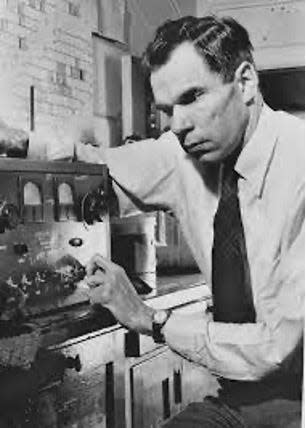
“It is a shame that Seaborg lacked the personal integrity to give Thompson full credit for Thompson’s scientific accomplishments and Thompson’s significant role in contributing to Seaborg’s education and career. Despite himself, Glenn Seaborg left some impressions of the significance of Thompson’s scientific accomplishments.”
The webmaster referred to statements made in Seaborg’s eulogy for Thompson titled, “Stanley G. Thompson: A Chemist’s Chemist,” that he published in the July 1978 edition of ChemTech, an obscure journal. In this paper Seaborg called Thompson “inventive and meticulous in his work” and noted that his friend “avoided the administrative route to fame, preferring to work in the laboratory. The results were an impressive record of discovery and of help to the careers of young co-workers. His radiochemical research during World War II rivals in importance the isolation of radium by Pierre and Marie Curie, and his leadership in the discovery of five transuranium elements must rank as among the leading chemical accomplishments of his time.”
Unfortunately, in general, Seaborg, Ghiorso and others minimized Stanley Gerald Thompson’s contributions. Without our unsung scientific heroes, the full beauty of discovery would not be music to our ears!
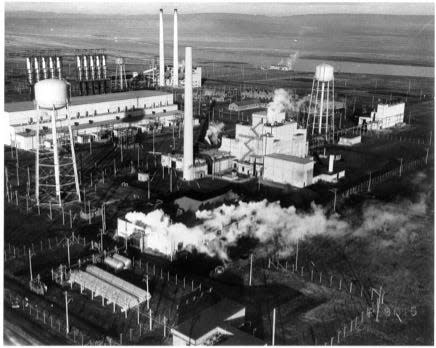
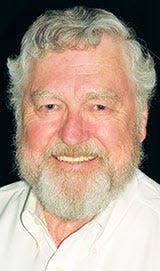
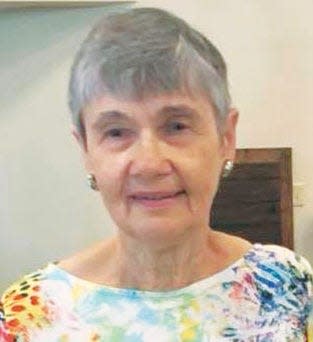
This article originally appeared on Oakridger: Thompson: Unsung chemist with three unsung impacts on Oak Ridge, Part 2

